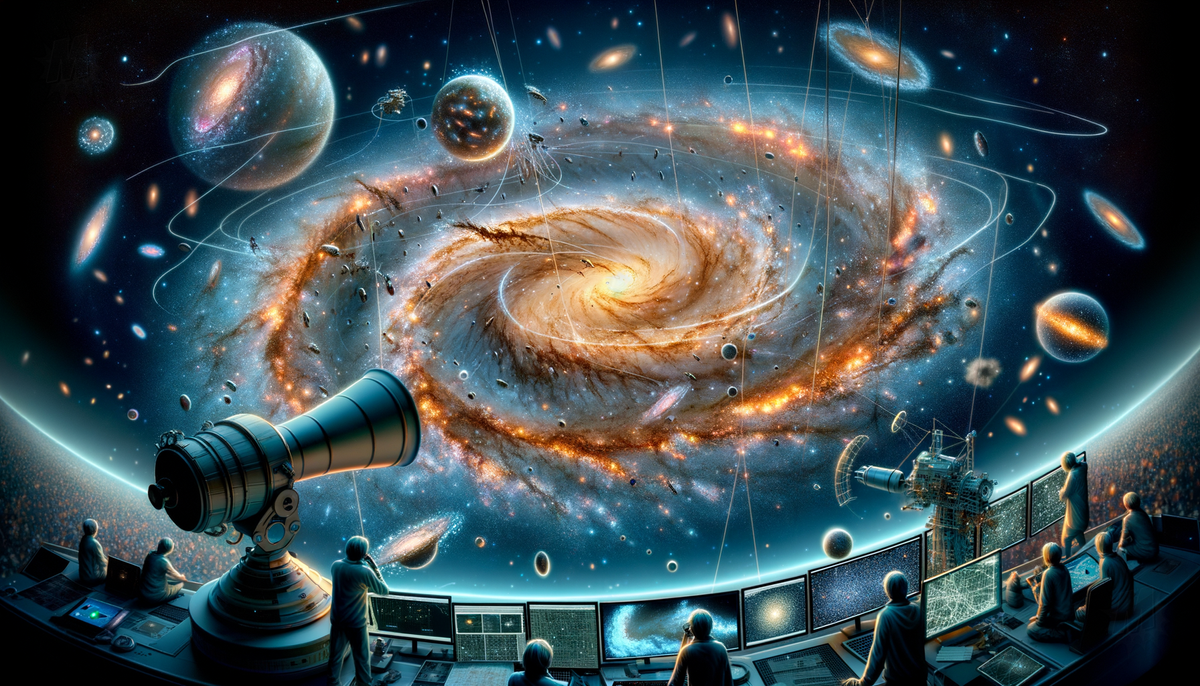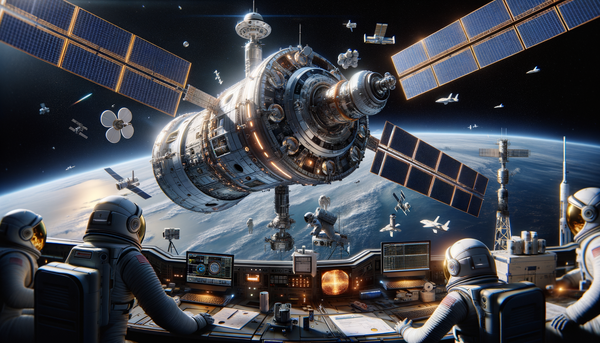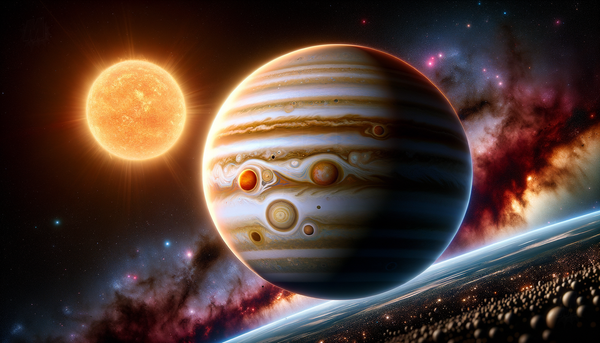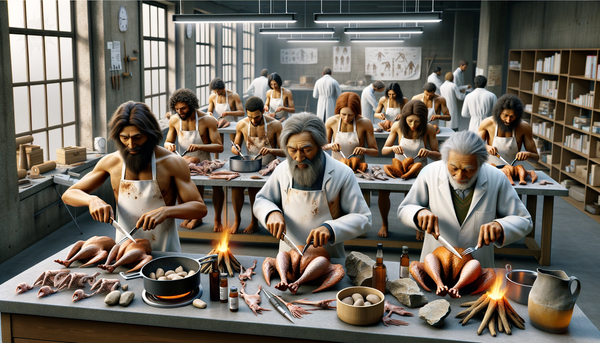Milky Way's Recent Major Collision Rewrites Galactic History

A recent study conducted by astronomers from the Rensselaer Polytechnic Institute and the University of Alabama in Huntsville has revealed that the last major collision involving the Milky Way galaxy occurred around 2.7 billion years ago, significantly later than previously thought. Utilizing data from the European Space Agency's Gaia space telescope, which maps the positions and motions of stars, researchers examined over 100,000 stars to pinpoint the timing of this galactic merger. This study, led by Thomas Donlon, marks the first accurate determination of the collision's timing, comparing observational data with cosmological simulations.
The research suggests that the stars involved in this event likely originated from the Virgo Radial Merger, a more recent galactic encounter. This finding challenges earlier beliefs that a massive ancient merger was necessary to explain the current properties of the Milky Way. The study's results, published in the Monthly Notices of the Royal Astronomical Society, provide new insights into the dynamic history of our galaxy, highlighting the impact of more recent collisions on its structure and stellar composition.




